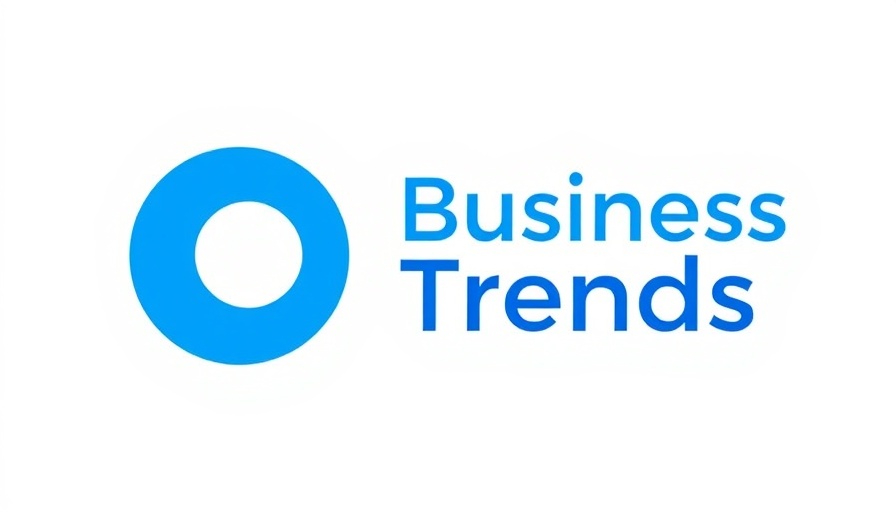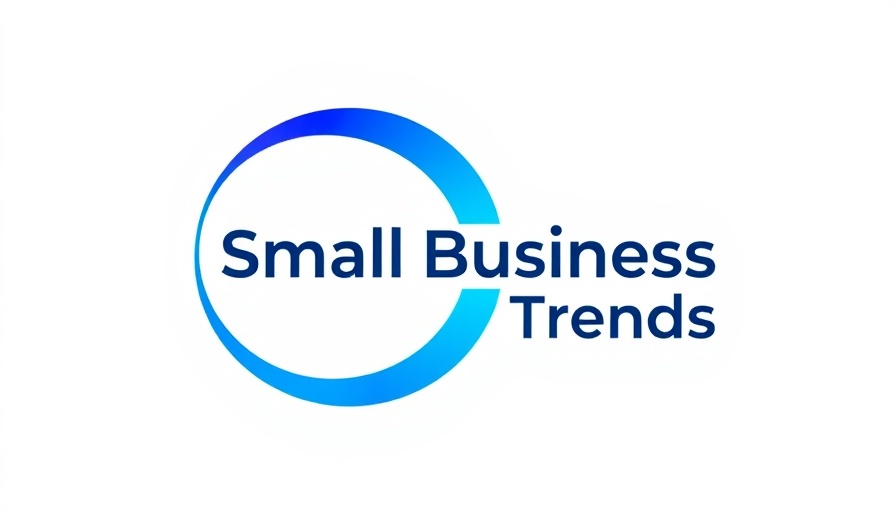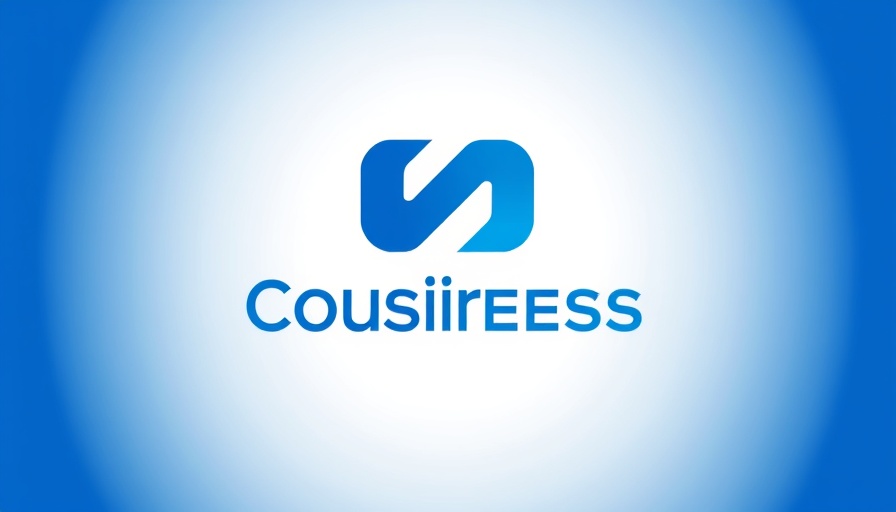
The Rise of AI in Small Business
The landscape of small business is rapidly evolving with the emergence of advanced technology, particularly artificial intelligence (AI). A recent episode of the Small Biz Breakdown highlighted how tools like OpenAI's ChatGPT-4.5 are ever more integrated into our daily activities, reshaping how business operations are conducted. AI's incorporation is not a fleeting trend; research from Zoho Corporation shows that U.S. businesses are lagging in digital workplace transformations due to slow adoption, making the integration of AI even more crucial.
Transforming Customer Experiences
With nearly 39% of small businesses now utilizing AI technologies, the impact is palpably felt in enhancing customer experiences. Businesses have begun leveraging AI capabilities for marketing automation, real-time customer support, and personalized interactions. For example, restaurants are employing chatbots to provide around-the-clock service, responding efficiently to customer inquiries. This new AI approach helps businesses stay competitive in a rapidly changing market.
Empowering Women Entrepreneurs
In another significant development, entrepreneur Suzy Levian has launched EmpowerHer, an initiative aimed at supporting women entrepreneurs with financial assistance and mentorship. This program will be instrumental in removing existing barriers and fostering growth among female-led businesses, particularly as we observe Women’s History Month, reminding us of the importance of diversity in the business landscape.
Changing Employment Landscape
The integration of AI is reshaping hiring practices and workplace productivity. A report indicated that businesses using generative AI saw a 45% improvement in filling roles, allowing teams to focus on more strategic efforts. This evolution is critical as younger generations adapt quickly to technology, proving instrumental in the growth and retention of talent.
Looking Ahead
As we look toward the future of small business in 2025, these trends emphasize that AI is not just a tool but a necessary ally in achieving business growth and efficiency. Small businesses that adopt a proactive stance toward these changes stand to benefit significantly, demonstrating that the fusion of human creativity and AI capabilities can yield extraordinary outcomes. Therefore, embracing AI is no longer optional but essential for sustainability in an increasingly digital world.



Write A Comment